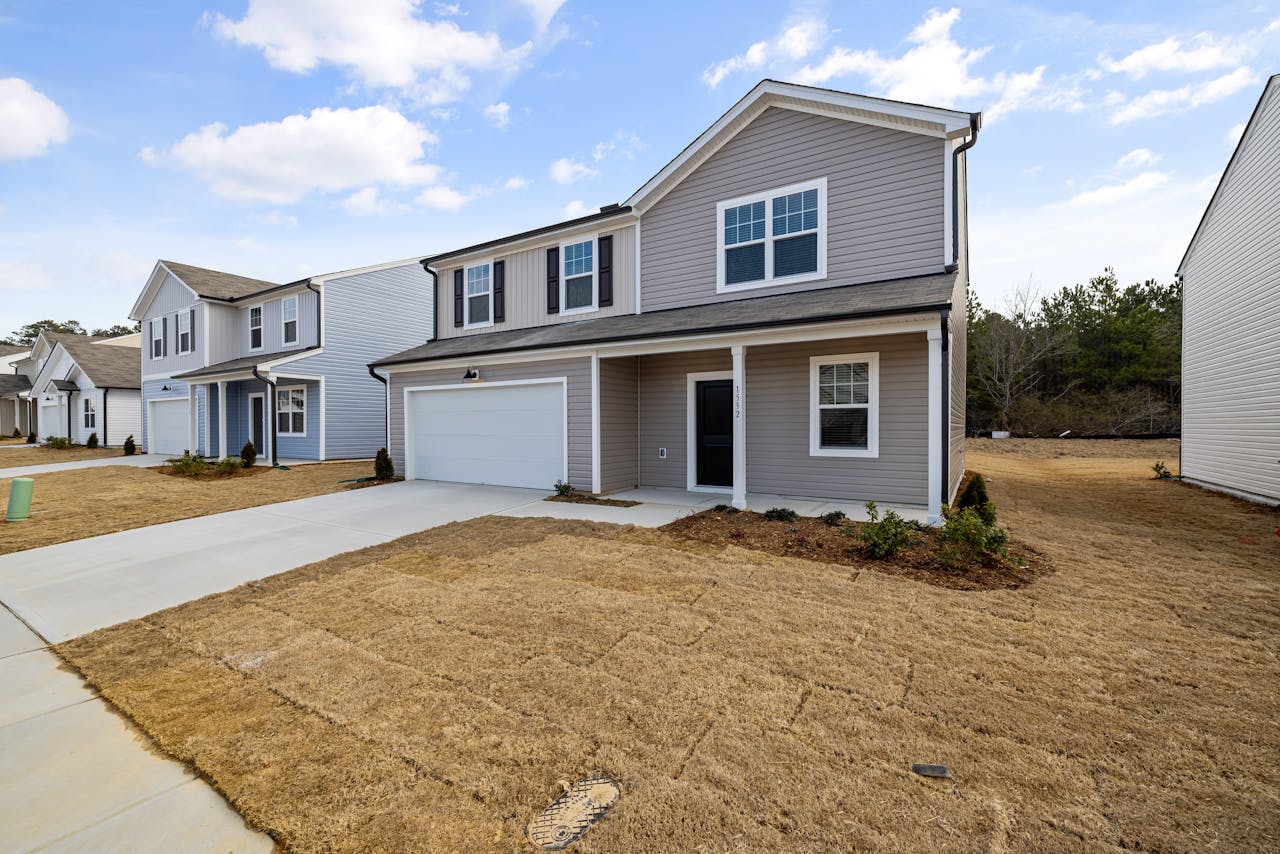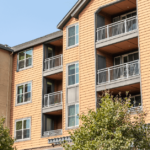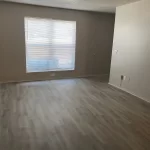Ensuring affordable housing accessibility is essential in creating inclusive communities where individuals of all abilities can live independently and comfortably. Accessible housing is not just about convenience—it’s about providing equal opportunities for people with disabilities, seniors, and families with diverse needs.
For developers, incorporating accessible design features and adhering to ADA standards and Fair Housing Act compliance are key to ensuring that housing projects meet legal requirements and serve the widest range of residents. By focusing on inclusive housing development, developers can create spaces that promote mobility, safety, and long-term sustainability.
This blog covers affordable housing accessibility, compliance, ADA standards, and inclusive design.
Why Affordable Housing Accessibility Matters
Affordable housing accessibility ensures that individuals of all abilities have equal opportunities to live comfortably and safely in their homes. For millions of residents, particularly those with disabilities, accessible housing is not just a convenience—it is a necessity.
From ramps and wider doorways to adaptive kitchens and bathrooms, incorporating accessible design features improves the quality of life for residents while ensuring compliance with ADA standards and Fair Housing Act compliance requirements. As housing demand grows, developers must prioritize inclusive housing development to create communities that serve everyone equitably.
Fair Housing Act Compliance and ADA Standards
Ensuring Fair Housing Act compliance and adhering to ADA standards is crucial for developers, as both regulate accessibility in housing projects. These laws protect individuals with disabilities by requiring equal access and reasonable accommodations in affordable housing developments.
Key Elements of Fair Housing Act Compliance:
- Prohibits discrimination based on disability, race, religion, sex, or national origin.
- Requires reasonable accommodations for tenants with disabilities.
- Mandates accessibility features in newly constructed multi-family housing projects.
- Ensures equal opportunity in housing applications and leasing.
ADA Standards for Accessible Design:
- Minimum doorway widths for wheelchair access.
- Lower countertops and accessible bathrooms for residents with mobility impairments.
- Visual and auditory alarms for individuals with sensory disabilities.
- Step-free entrances and accessible common areas in residential buildings.
Developers who integrate these features early in the design process avoid costly modifications later while ensuring affordable housing accessibility for all.
Designing Inclusive Housing for All Residents
Creating inclusive housing development requires a proactive approach to accessible design features that enhance mobility and usability for all residents.
Examples of Inclusive Housing Development:
- Universal Design: Homes designed for people of all abilities, incorporating features like zero-step entrances and wider hallways.
- Smart Home Technology: Voice-activated systems and automated doors for residents with limited mobility.
- Adaptable Living Spaces: Units designed to accommodate modifications as residents’ needs change over time.
- Public Transportation Access: Ensuring proximity to transit hubs to enhance independence for those who cannot drive.
By implementing these strategies, developers create communities where residents can thrive, regardless of physical ability.
Future Trends in Accessible Housing
As demand for affordable housing accessibility grows, developers are exploring new ways to improve accessibility while maintaining affordability.
Emerging Design Features for Enhanced Accessibility:
- Sustainable and Accessible Housing: Combining green building materials with universal design principles to create energy-efficient, barrier-free homes.
- AI-Powered Assistance: Smart technology that adapts to residents’ needs, such as automated lighting and hands-free controls.
- Multi-Generational Housing: Flexible layouts that cater to aging residents and families with diverse accessibility needs.
- Community Integration: Designing neighborhoods with accessible parks, sidewalks, and shared spaces for inclusive living.
Collaborative Approaches to Inclusive Housing:
- Public-Private Partnerships: Working with government agencies to secure funding for accessibility improvements.
- Tenant Involvement: Engaging residents in the planning process to identify the most beneficial accessibility features.
- Nonprofit Support: Partnering with advocacy organizations to ensure compliance with ADA standards and Fair Housing Act compliance regulations.
By prioritizing affordable housing accessibility, developers can create more inclusive and equitable communities for all residents.
Prioritizing Accessibility for a More Inclusive Future
Developing housing that meets affordable housing accessibility requirements is essential for long-term inclusivity. By ensuring Fair Housing Act compliance, incorporating accessible design features, and following ADA standards, developers can create welcoming spaces that serve a diverse population.
Contact us to learn more about integrating accessibility into your next housing project.










